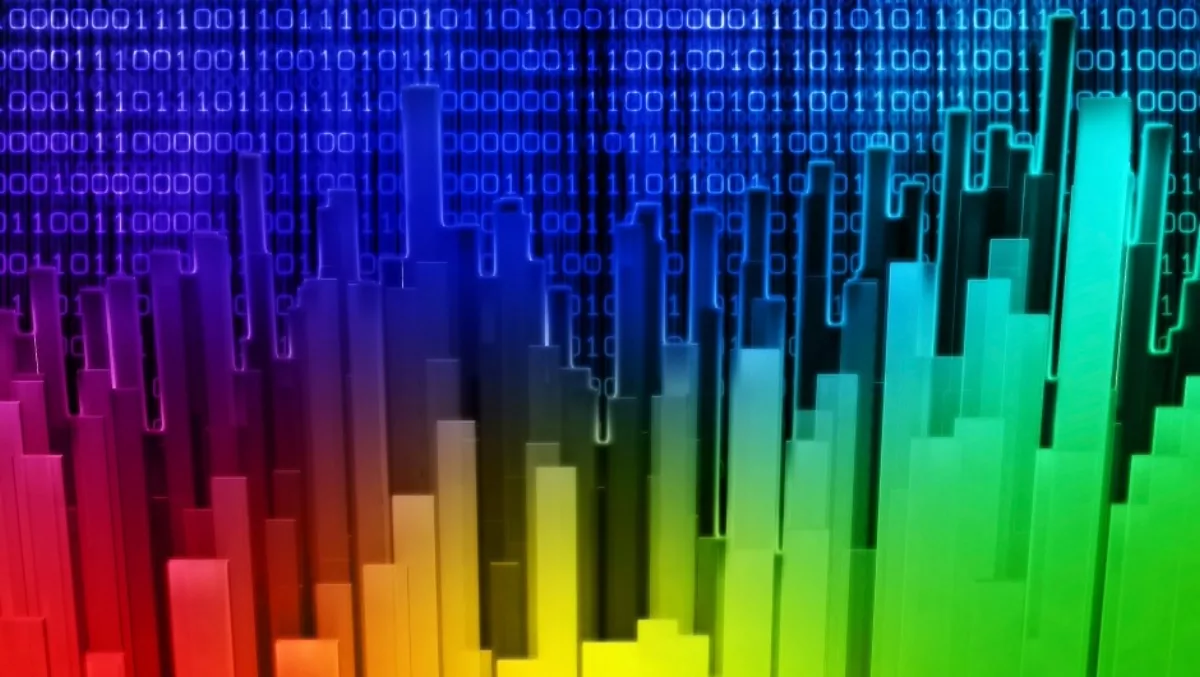
Why digital identity is the key to truly smart cities
There's no doubt the rise of the Internet of Things (IoT) is fundamentally changing the way we interact with the world around us. From smartphones and tablets to fridges and light bulbs, nearly every kind of device now boasts some form on online connectivity designed to make our lives easier and more efficient.
However, while the IoT revolution has accelerated rapidly in recent years, it is limited by one significant flaw: IoT devices generally cannot communicate with one another.
Identity crisis
This inability to to communicate stems from the lack of digital identities amongst these devices. As people, our identity is what makes us unique and tells others who we are. Without it we'd be just a number, indistinguishable from those around us.
However, this is changing. The rise of digital identity management technology means that many of these devices can now be assigned their own identities across the IoT ecosystem.
They can securely recognise and interact with other digital identities, establishing known digital relationships between users, connected things and between things themselves.
As a result of this newfound communication, the utility of connected devices in homes, offices and even cities is greatly enhanced.
Protecting the smart city of tomorrow
Envision a city where public services are connected together through identity, including disaster early warning systems.
What if a cyclone is approaching? Now, the early warning system kicks in, sending an encrypted message to the city's emergency response crews, alerting them to the danger. The identity of the warning system is quickly authenticated, and pre-approved emergency plans are put into action.
Within a few minutes of the initial warning signal, bridges and at risk public transport systems can be automatically closed, and fire crews dispatched to evacuate any unsafe buildings quickly and efficiently. The fire crews themselves also have unique identities so their movement can be traced through the city, and fire engines sent to undeserved areas via traffic-efficient routes.
Traffic lights automatically change as the fire engines approach to ensure road congestion is minimised, while each firefighter's individual digital identity verifies they are legitimate when they reach the scene.
As this example demonstrates, the introduction of digital identity at each stage of an emergency response can rapidly transform a highly complex operation with many moving parts into a fast, automated response, potentially saving many lives.
Without identities tied to each of the devices and systems involved, this simply wouldn't be possible
Powering the smart city of tomorrow
Protecting us from the unpredictable aside, digital identity can also be used to make the more mundane aspects of life quicker and easier.
Travel and logistics are two of the areas most likely to benefit from an identity-led approach.
For instance, smart traffic systems can collect real-time data about traffic volume, speed and hazards. These systems can then utilise responsive signage to guide commuters towards less congested routes, or even text specific commuters (via their digital identities) to warn of delays on their usual route and suggest alternatives.
The data collected through this kind of activity can also help city planners with future road and transit development, by pinpointing exactly where the pinch points are in the current systems.
Elsewhere, smart parking systems can alert drivers to free spaces as soon as their car enters the vicinity, eliminating the need to drive around looking. Once parked, the smart system can monitor the duration of the stay using the car's GPS, capping the parking charge once the car begins moving again and automatically charging the customer via a pre-registered account.
Meanwhile, the city can monitor overall parking-demand across the city and respond with demand-based pricing, reducing pollution and traffic while optimising revenue.
Identity is the key
These are just a few examples of how identity will play a pivotal role in the smart cities of tomorrow. From utilities to services and everything in between, the ability of smart devices to connect and communicate with one another will greatly improve the quality of civic services and city planning.
For citizens, this means efficient, new services that improve almost every aspect of urban life, all powered by identity and the IoT.
To find out more about connecting customers to the IoT, click here.

